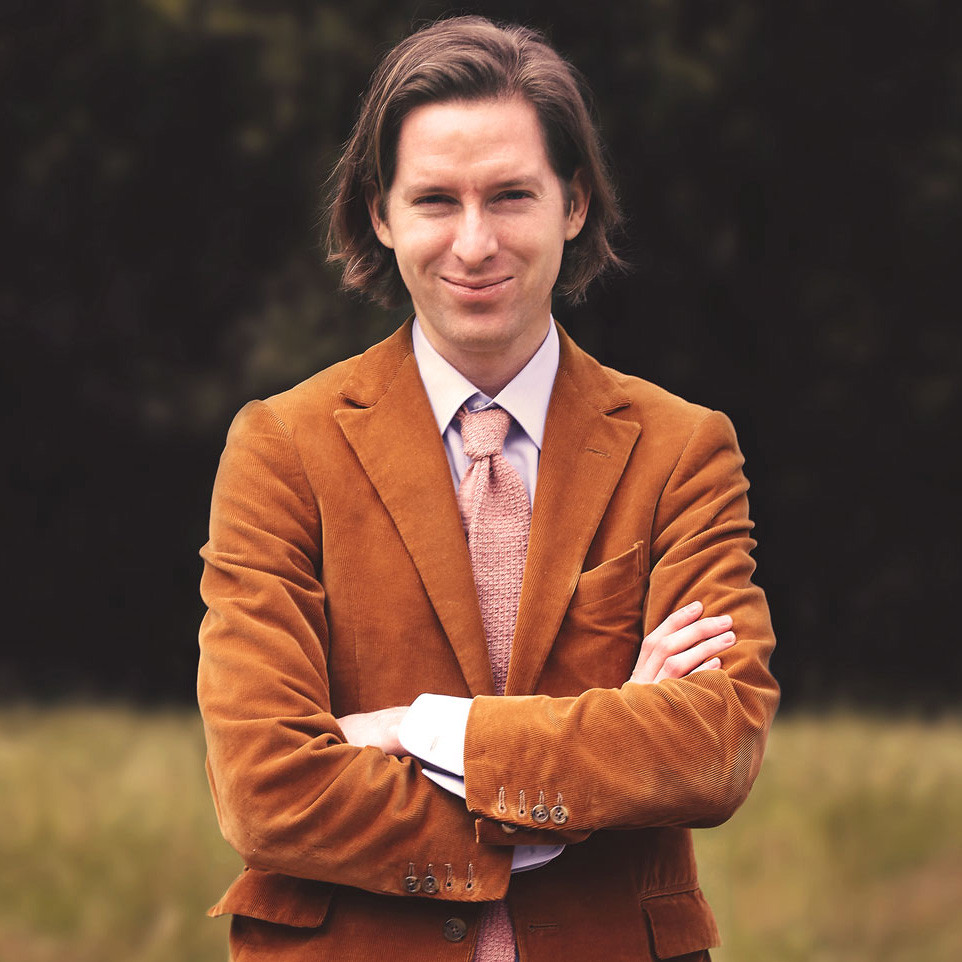The intricacies of déjà vu

Brain scans are used to detect levels of neurotransmitters, like dopamine, as well as which brain regions are involved in specific neurological processes.
November 17, 2021
Everyone knows the fleeting and usually unexpected moment when familiarity washes over you, but do you know the actual cause of it? Déjà vu, most commonly occurring in people between the ages of 15 and 25, has a variety of theories behind it, all differing in the exact sequence of neurological events that trigger it. However, one common thread within every scientific interpretation is that it can be labelled as a memory phenomenon focusing on the aspect of awareness.
The general and most accepted theory behind déjà vu was presented by Dr. Akira O’Connor, senior psychology lecturer at the University of St. Andrews. Dr. O’Connor explains that “déjà vu is basically a conflict between the sensation of familiarity and the awareness that the familiarity is incorrect.” As the frontal regions of your brain attempt to correct a memory, a connection is formed between the frontal lobe and temporal lobes on the basis of the memory. The temporal lobe, where memories are stored, sends a signal to the decision-making frontal lobe that an experience is repeating itself while subsequently these brain regions confer on whether or not the received signal is possible or not. Thus producing the memory phenomena we know as déjà vu.
While one may think that the discrepancy between brain regions creating this illusion is a product of an unhealthy or disorganized brain, it is actually the opposite. The occurrence of déjà vu is an indicator that the “fact-checking brain regions are working well, preventing you from misremembering events,” said Dr. O’Connor. Therefore, it makes sense that the frequency of this sensation is drastically less common amongst older individuals as their brain regions are not as accurate and efficient in conducting many of the neurological processes.
Accompanying age, there are several other factors that affect how often déjà vu is experienced by an individual, including mental fatigue and high dopamine levels. Dr. O’Connor explains that when your brain is especially fatigued your “internal neuronal systems haven’t had the chance to kind of recuperate and really regulate themselves. And so your neuronal firing is more likely to be a bit off and result in déjà vu.” Dopamine, an excitatory neurotransmitter that is found in higher concentrations among young adults, has also been found in connection with increased déjà vu occurrences. This relationship was first noted when a 39 year-old man was fighting off the flu by using two drugs that increase levels of dopamine in the brain. Within 24 hours of first taking these drugs, he reported having strong, repetitive episodes.
Despite the process of déjà vu being relatively unknown to mankind, we have been able to grasp what we believe to be the basis of it. Not knowing all the details encased in this phenomenon only allows for further exploration in this crossover field of psychology and medicine.






